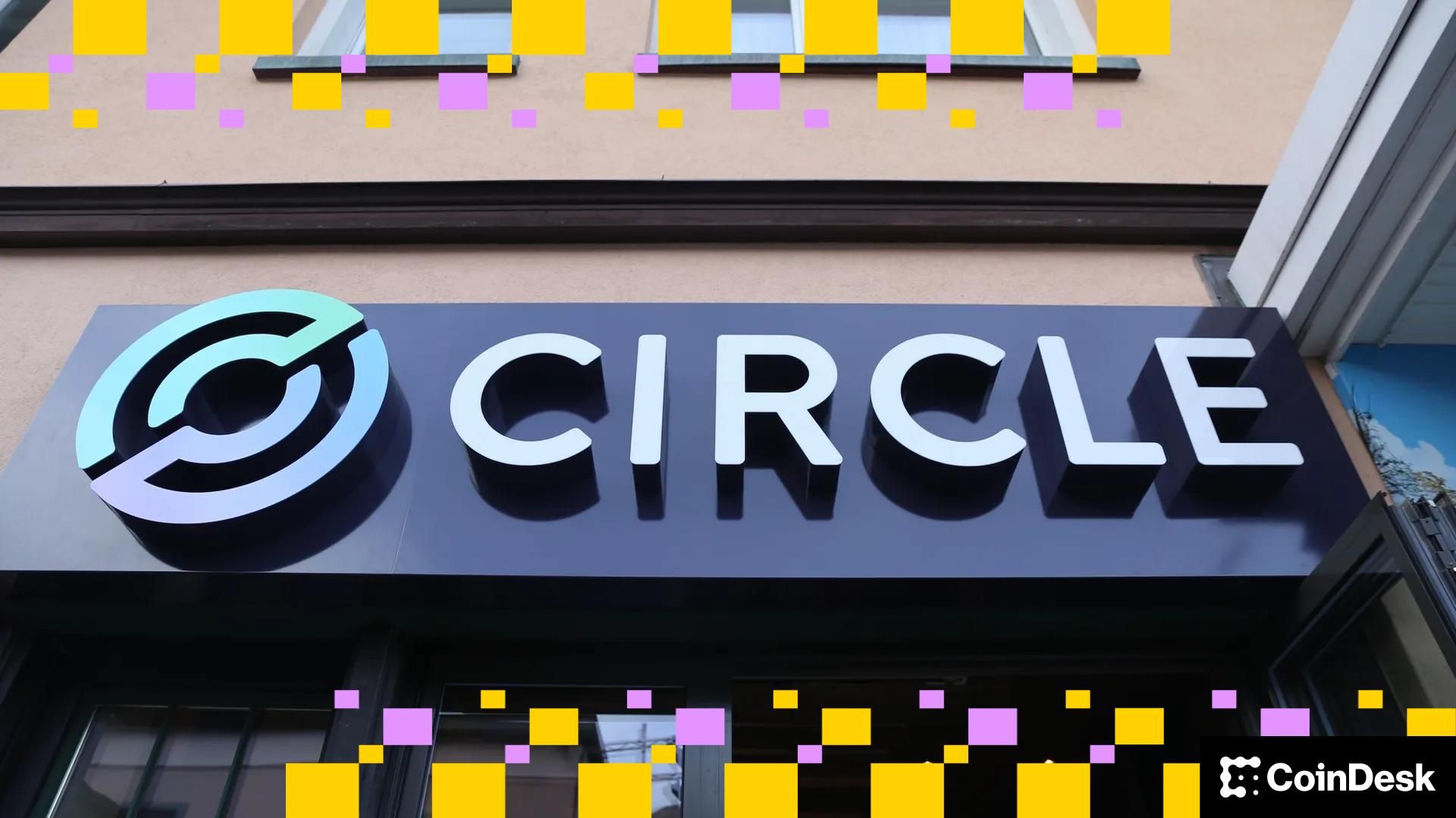
Circle (CRCL) is the biggest player in the stablecoin ecosystem, according to investment bank William Blair, which initiated coverage of the company with an “outperform” rating and a long-term bullish thesis.
The firm sees Circle as a central force in the transition from fiat payments to blockchain-based payments, particularly in cross-border B2B transactions, a market worth up to $24 trillion, according to the report.
The bank’s thesis is based on the belief that stablecoin trading, led by USDC, will replace fiat money in global trade payments. Circle, which makes money primarily through interest earned on USDC reserves, is expected to see that revenue stream grow as more institutions adopt stablecoins for faster, cheaper international transfers.
William Blair projects that USDC’s market capitalization will double by 2027, reaching almost $150 billion. In that scenario, Circle’s adjusted EBITDA could surpass $1 billion, with margins expanding as the company diversifies beyond its largest distribution partner, Coinbase (COIN).
While Circle’s current revenue model relies heavily on Treasury yields, the bank believes the real advantage lies in the infrastructure Circle is building to drive commercial use of USDC. Circle Payments Network (CPN), a smart contract-based system designed to connect banks, blockchains and fintechs, and Arc, a dedicated layer 1 blockchain compatible with Ethereum, are key long-term bets.
Circle’s biggest risk, banknotes, is time. Much of the current use of USDC is still limited to cryptocurrency trading, not commerce. Wider adoption of stablecoins in enterprises will take time.
Interest rate cuts, while reducing Circle’s yield income, may ironically help drive USDC adoption by reducing the opportunity cost of holding stablecoins instead of fiat money.
Regulatory clarity is another obstacle. The GENIUS Act has laid the groundwork for oversight of US stablecoins, but uncertainties remain around yield offerings and token classifications.
The report also highlights the implications for Coinbase, which earns a portion of USDC’s reserve yield and operates as Circle’s largest distribution partner. William Blair believes Coinbase is underrated as a strategic player in USDC adoption and expects strong future revenue growth due to its role in the ecosystem.
Although Circle trades at a premium (57 times expected 2026 EBITDA), the bank argues the valuation is justified given its long-term earnings potential. If Circle succeeds in making USDC the global default for cross-border trading, that premium could pay off.



